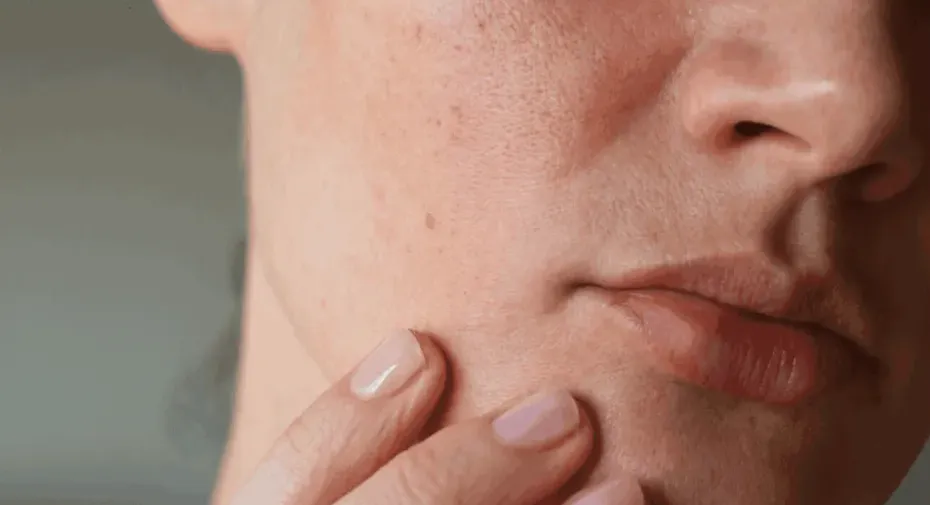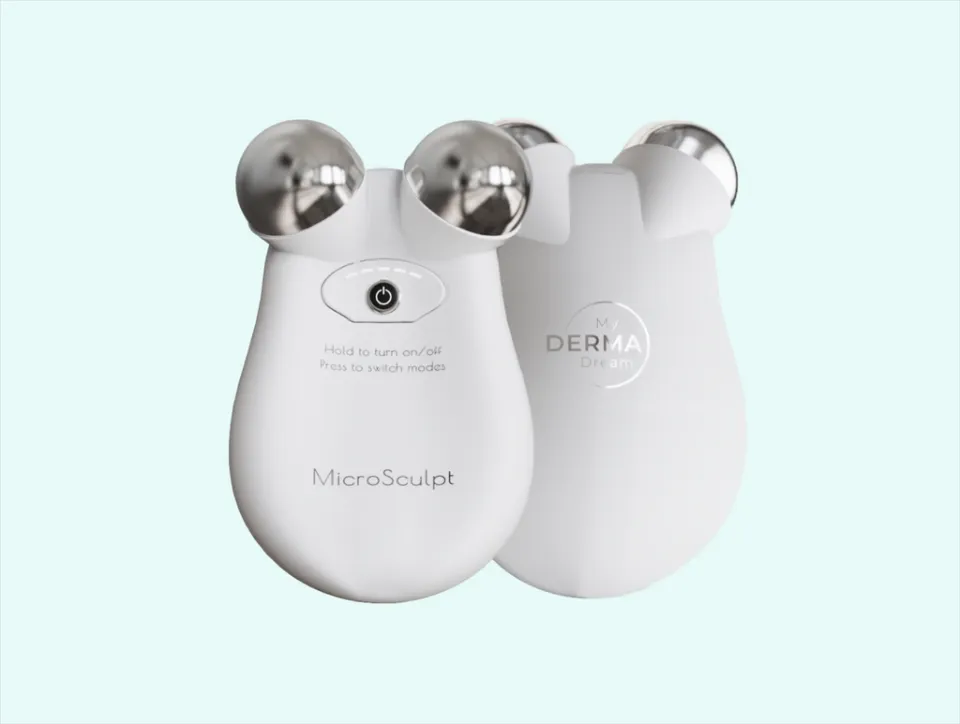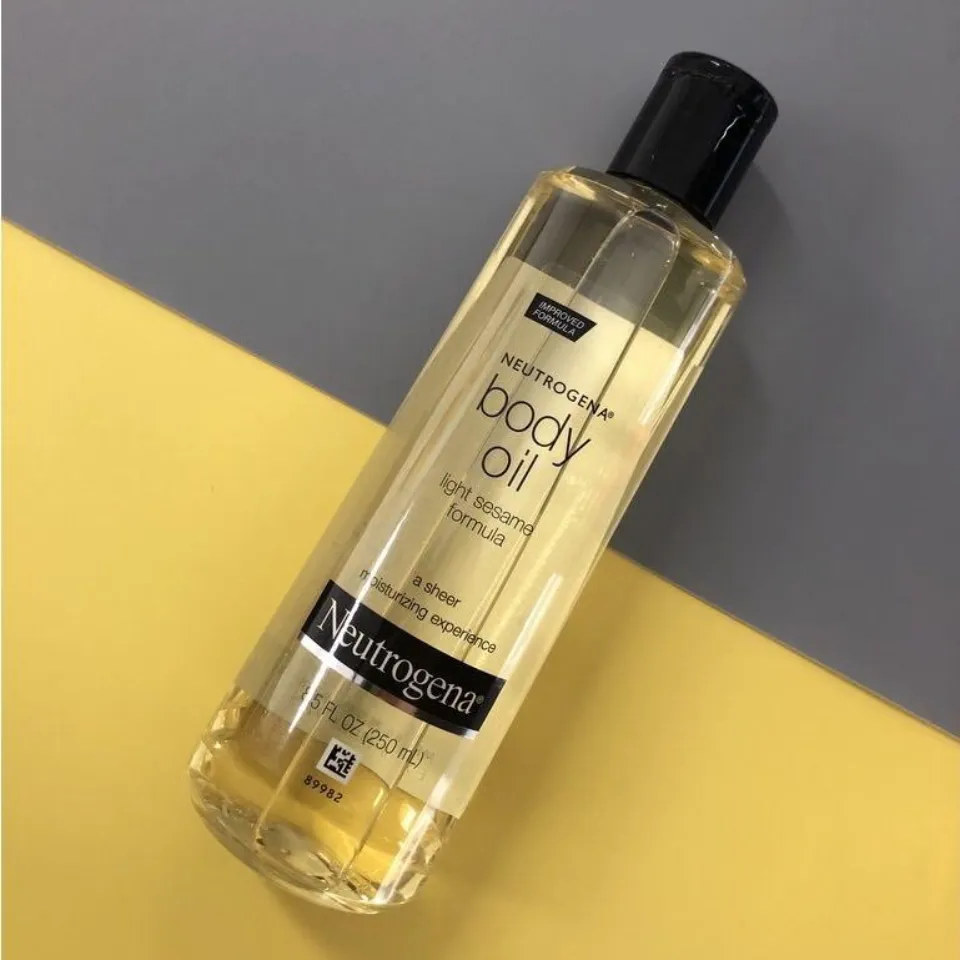A beautiful, sunny summer day does more than anything to lift your spirits. But knowing how to repair sun-damaged skin face naturally is critical for outdoor lovers. We are here to assist you, so don’t worry.
The sun can take a toll on your skin. Your skin will be at risk of sun damage over time as you expose it to the ultraviolet (UV) rays of the sun, which can lead to age spots, sunburns, wrinkles, freckles, and occasionally skin cancer.
Discover what sun-damaged skin is, how to treat it, and how to avoid it by reading the information below.
What is Sun-damaged Skin?
Sun damage, or what’s also known as photoaging, is the damage that the sun does to unprotected skin. Every time you’re exposed to the sun, your skin “absorbs” UV rays (you should wear sunscreen for this reason alone).
UV can trigger a cellular change deep within the dermis, resulting in signs of skin aging, such as sunspots, suntans, etc. Your skin’s surface may not be as free of blemishes as it once was for this reason.
Read More: How to Get Smooth Skin on Face?
Is Sun-damaged Skin Dangerous?
The sun is healthy for you; in fact, physicians advise using it as a good source of vitamin D. When sun exposure becomes excessive, though, it may become a problem.
As we mentioned above, the signs of sun damage, such as sun spots, spider veins, etc., are all caused by excessive sun exposure.
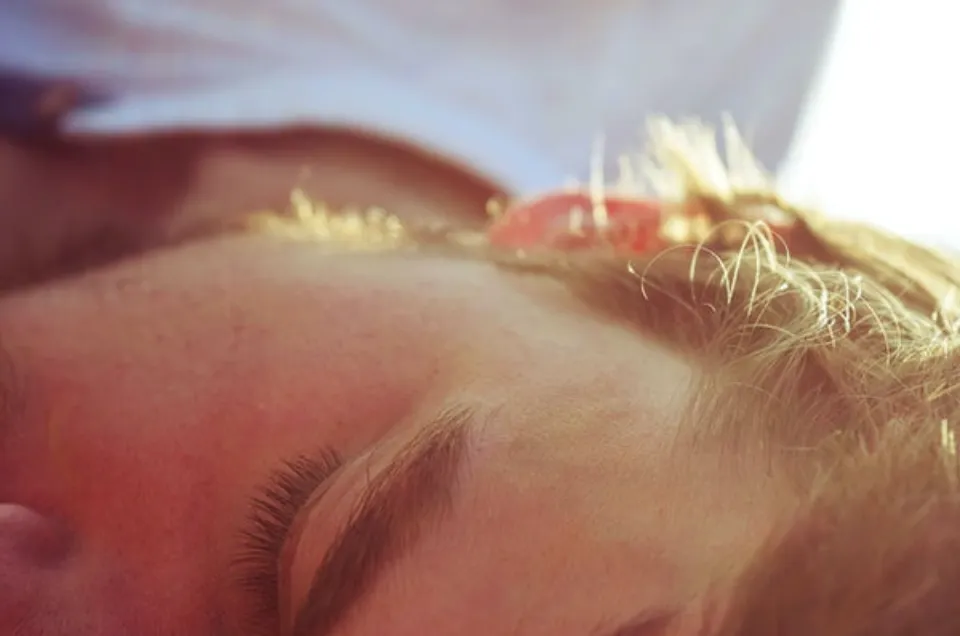
The bad news is that you can still get cancer, even though some signs of sun-damaged skin aren’t alarming (some of them are primarily cosmetic). Keep in mind that exposure to UV that penetrates deeply into your skin increases your risk of developing skin cancer.
You shouldn’t spend too much time in the sun in order to prevent sun damage to your skin.
You’ve been out in the sun for far too long if you have sun-damaged skin. You should spend no more than 10 to 15 minutes per day in the sun.
How to Repair Sun Damaged Skin Face Naturally?
If you’re wondering, “Is it possible to undo the effects of the sun?”, the answer is yes. The majority of interventions involve both surgical and non-surgical techniques, though they can vary.
Fortunately, if you prefer sun-damaged skin treatments you can perform on your own, we’ve got you covered. Here’s how to repair sun-damaged skin on face.
Retinols and Retinoids
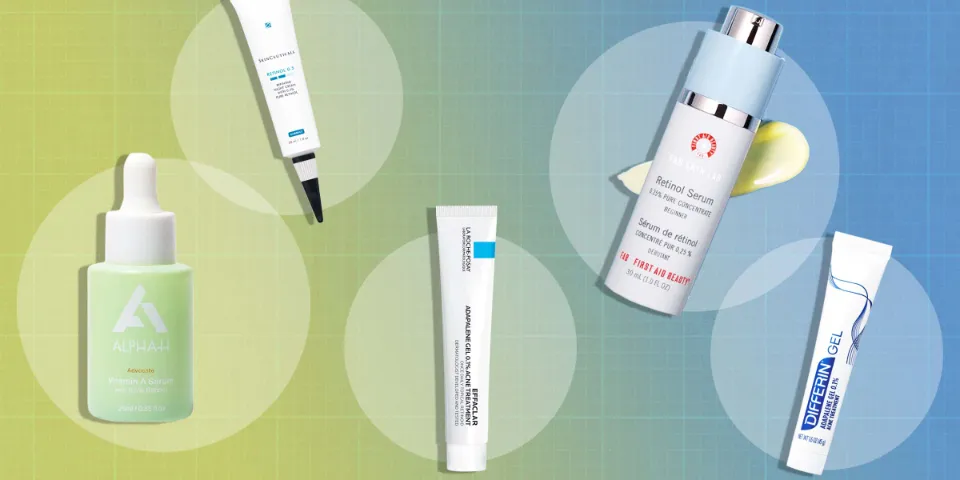
Vitamin A is used to make retinoids. They function to get rid of wrinkles by enhancing collagen production, which is what your skin needs to remain elastic. They can also be applied to deal with issues with uneven skin tone and skin discoloration. The less potent retinol should be used if retinoids are too strong for your skin.
Alpha Hydroxy Acids (AHAs)
Citric acid, glycolic acid, lactic acid, and malic acid are AHAs that promote cell turnover, which is the process of exchanging old cells for newer ones. AHAs can be used to reduce age spots and other signs of sun damage on the face because of this capability.
Niacinamide
Niacinamide, a type of vitamin B-3, can be used to lessen the signs of sun-damaged skin by regenerating skin cells. Because it can increase collagen production, niacinamide has also been shown to be effective against wrinkles.
Vitamin E / Vitamin C / Antioxidants
These impede skin cell aging brought on by environmental factors. They help to reduce dark spots by slowing down the aging process on your skin and boosting collagen.
Vitamins E and C defend against UV-induced skin damage in a number of ways, including by preventing the formation of sunburn cells, erythema, edema, blistering, molecular markers of DNA damage, and the progression of skin cancer.
Being a fat-soluble antioxidant that is crucial for the healthy maintenance of skin, vitamin E itself functions as a natural antioxidant that can help reduce inflammation brought on by UVA and UVB exposure.
Vitamin E is a naturally occurring collection of molecules with similar structural characteristics, some of which may have special abilities to act as an antioxidant and interact with reactive oxygen species in the skin. Additionally, vitamin E absorbs the energy from ultraviolet (UV) light, better protecting you.
You can check our guide on How to Use Vitamin E Oil on Face for more information.
Apple Cider Vinegar

For an at-home sun damage treatment, give apple cider vinegar a go. Age spots on the face, arms, and other areas can look less noticeable thanks to its skin-lightening properties.
It only needs to be mixed with water, applied to your sun spots for two minutes, and then rinsed off. Repeat this process twice daily until the desired effects are evident.
Coconut Oil
Being a strong antioxidant, coconut oil is frequently referred to as a hero in the battle to repair sun-damaged skin because it is rich in vitamin E and healthy fatty acids that hydrate the skin, repair sun damage, and even out skin tone. Here are some natural ways to repair sun-damaged skin using coconut oil, which you can put into practice.
Extract a small amount of coconut oil with a spoon or your fingers; once it has melted into a liquid, massage the area of the skin that has been exposed to the sun.
Apply a tiny amount of coconut oil up to three times daily for best results, and within a few days, you should notice a remarkable improvement in your skin’s tone and complexion.
In order to treat acne, coconut oil can be applied directly to the skin where it can reduce inflammation, moisturize the skin, and unclog pores. It may even stop the development of these microorganisms. Even a small wound can be helped to heal by it!
Drink Plenty of (Clean) Water
Drinking water is a common recommendation for good health and a crucial step in skin and body detoxification.
In accordance with gender, weight, and general health, the Institute of Medicine advises consuming 91 to 125 ounces of water each day. If that sounds like a lot, don’t worry; these amounts also include water from the food consumed.
Although drinking this much water each day is advised in order to stay hydrated and eliminate toxins from the body, very few people actually follow this advice and, on top of that, drink dehydrating liquids like coffee, sugary juices, and alcohol.
Our waste removal systems become overworked when we don’t drink enough water, which makes it difficult for them to remove potentially dangerous toxins and slows down skin metabolism and regeneration.
Additionally, don’t consume the entire amount at once. Throughout the day, a constant flow of liquid is necessary for flushing and waste removal.
Keep in mind that the environment has a greater impact on skin hydration than does the amount of water consumed. The skin will automatically be more hydrated and plump from hanging out in Florida’s humidity than it would be from a hike in arid conditions.
Avoid alcohol and sugary beverages and instead sip green tea made with pure water and lemon juice for a detoxifying boost.
For more skin care tips, continue reading:
- How to Get Rid of Textured Skin on Face?
- How to Remove Dead Skin on Face?
- How to Regenerate Skin on Face?
- How to Even Skin Tone on Face?
- How to Hydrate Face Skin?
How Do You Prevent Sun Damage?
As it’s a universal truth that precaution is better than cure, it’s important to undertake a few important precautionary methods to protect your skin from sun damage. These precautionary methods are :-
- Water should be consumed in the proper quantity because it aids in skin detoxification.
- To protect your skin from excessive sunlight, wear a face mask and long sleeves.
- Before going outside in the sun, slather some natural or medicated sunscreen on your skin.
- Include spinach, carrots, and other beta-carotene-rich green leafy vegetables in your diet to protect your skin from sun damage and wrinkles.
Final Words: How to Repair Sun-damaged Skin Face Naturally
Sun-damaged skin that can be cured naturally if the above mentioned methods are followed consistently.
These procedures not only help to restore skin that has been damaged by the sun, but they also soothe your skin and give it a healthy glow.
Last but not least, if you have severely sun-damaged skin, see a doctor right away and take the right medications to heal it.
Read More: How to Get Rid of Skin Tags on Face?
FAQs
Why is My Face Skin So Damaged?
However, the most common causes for skin damage includes sun damage, harsh skincare treatments, scars from picking blemishes and clogged pores.
What Does Sun Damage on Skin Look Like?
In addition to appearing as wrinkles, freckles, and saggy skin, dark spots can also result from uneven pigmentation.
How to Repair Skin Damage from Acne?
Healthcare professionals use fillers to fill in acne scars and help even out the skin.
How Long Does It Take for Damaged Skin on Face to Heal?
A damaged skin barrier can usually heal itself within two weeks, depending on the damage.


